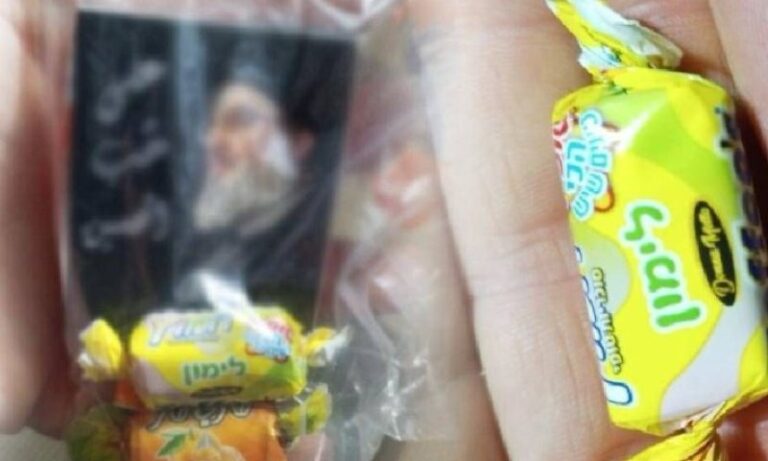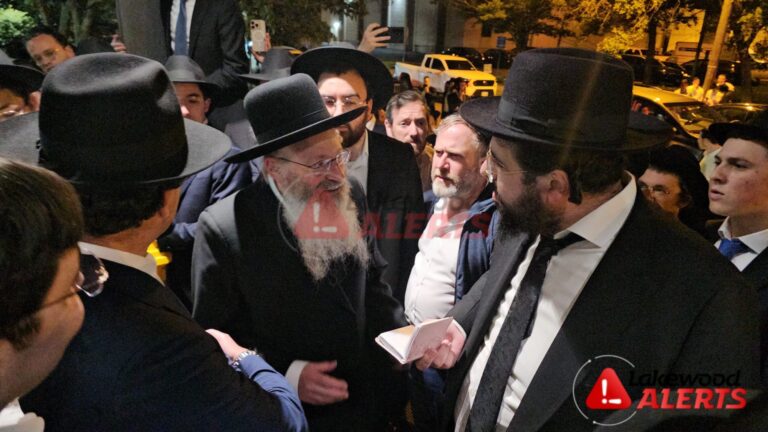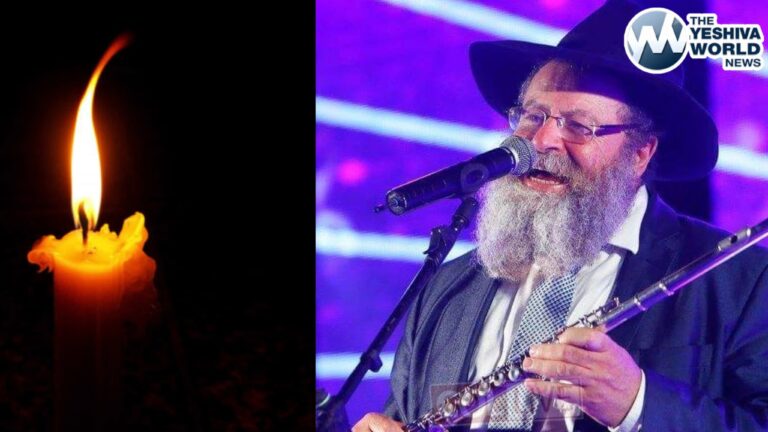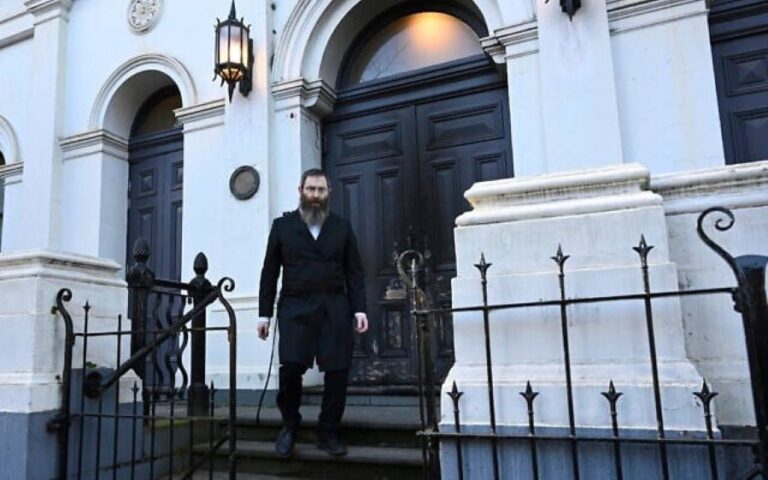by Rabbi Yair Hoffman for 5tjt.com
Everyone knows him by face. But few people, other than those who live in Borough Park, know his name.
Many parents and talmidim of BMG know that he has the zchus of the Torah learning of thousands and thousands of hours of Torah learning for the tzibbur – particularly the Bnei Torah. He finds them all rides.
It is an enviable zchus.
A wedding in Monsey? This remarkable person is the go to person. No longer do people have to make dozens of phone calls to get to these destinations. They just have to go to Shmoer Shabbos, and the odds are – they will find what they need.
He is the gabbai of Shomer Shabbos in Boro Park – on 53rd and 13th Avenue. He ensures that there is always a minyan. He makes sure that people who need to say kaddish get the amud. This Tzaddik arranges for the leining for the little known taaneisim – like the 20th of Sivan, Erev parshas Chukas, etc. The Shovevim minyanim, the Bahab minyanim slichos.
For example, there is an Erev Parshas Chukas leining at Shomer Shabbos tomorrow at 6:00 PM commemorating the Paris burnings of 24 cartloads of Shas in the 1200’s.
This tzaddik is behind it all. He is a one-man Chessed operation. Downstairs in the shul, there is food, drink, and coffee – available for everyone – the tired, the poor, the hungry.
He has also been spotted biking for Chai Lifeline. The chessed organization for children with yenem machalah. One person even spotted him biking from Boro Park to Lakewood, New Jersey.
But he does much more than being the gabbai. He is the one responsible for ensuring that thousands, yes thousands of people get their rides to Lakewood, to Monsey. This author’s own children have utilized his ride-shadchanus services many dozens of times.
His name is Moshe Metzger. Reb Moshe does the day shift. But he is not the only one either. Reb Hillel Moses does the very same thing and does the night shift. In this author’s opinion, the two of them are the ones to go to for brachos. They are both a shining example of what one person can do in terms of Chessed. Their chessed is for almost every constituency of Klal Yisroel.
These two individuals give new meaning to a thought expressed by the Mashgiach of the Mir Yeshiva in Shanghai.
Let us first look into some of the words in the first part of Shemoneh Esrei, “Mechalkel chaim b’chesed.”
Many people recite these words without giving them too much thought, unfortunately. Those who do think deeply into it understand them as saying, “Hashem sustains life through His middah of chesed.” Others understand it as, “Hashem sustains life and does so by throwing in extras, even more than we need.”
Rav Chatzkel Levenstein, zt’l, had a different take on these words. He said that the “fuel” by which it seems Hashem sustains us, the food that energizes us, is actually not food at all. It is not the wheat or the carbohydrates within it. It is not the proteins of cheese or meat or soy or beans. It is not the fats or the omega-3s.
Rather, the means through which Hashem sustains life is chesed — or opportunities to perform it. This is what sustains us and makes us who we are. We can prove that we are the descendants of Avraham Avinu precisely because of this middah, this essential aspect of our diet that sustains the world. Olam chesed yibaneh.
Reb Moshe and Reb Hillel not only represent this philosophical approach to these three words in Shmoneh Esreh – they represent the physical representation of this thought and make a practical difference here in this world. The poor now eat. Those in needs of rides get the rides. Those that need a minyan get the minyan.
And, to those that know, they are the perfect people to give matan b’saiser to those who need it. They know the best people to give tzedaka to.
The author can be reached at [email protected]












9 Responses
“We can prove that we are the descendants of Avraham Avinu precisely because of this middah, this essential aspect of our diet that sustains the world. Olam chesed yibaneh.”
Don’t forget that Non-Jews do acts of chessed as well . . .
@Torah Im Daas:
This is true, however:
1) Remember that this idea was not invented by Rav Levenstein, it is a clear gemara (Yevamos 79a): “There are three signs of the Jewish nation: They are merciful, shamefaced and perform acts of kindness.”
(see also as brought down in halacha: רמב”ם הלכות איסורי ביאה פי”ט הי”ז)
2) The kindness of akum on the other hand is only for their own benefit (Bava Basra 10b). See Tanya ch. 2 for more info.
To Torah Im Daas’s comment “Don’t forget that Non-Jews do acts of chessed as well . . .”
No, YOU don’t forget EVER what the Torah says (and delete what your Daas says)-
משלי יד לד:
וחסד לאמים חטאת
מצודת דוד:
וחסד לאומים – חסד מעשה הצדקה של האומות יחשב עוד לחטאת, כי גוזלים מזה ונותנים לזה
And I write this only in Loshon HaKodesh:
הרי אמרו
בזהר דכל חסד דעבדין לגרמייהו עבדין
כל טיבו דעובדין לגרמייהו עובדיך
שאין העכו”ם עושה צדקה אלא כדי שתמשך מלכותו או להתגאות או ע”מ שיחיה בנו (גמרא ב”ב ד:) ולרוב החסד שהם עושים אינו אלא חנופה בעלמא
While on the topic (Torah Im Daas) – is it possible to have Torah “without” daas?!
After all “Daas Torah” obviously includes “daas”!
Unless, of course, the daas is not Daas Torah but rather “Daas Bal Habayis”.
If so, such a Daas is shatnez to Torah and cannot be worn together.
הסמ”ע (חו”מ ג, יג) דעת בעלי בתים היפך דעת תורה
So what is this “Torah In Daas”?!
בסמ”ע חו”מ ג, יג וז”ל:בתשו’ מהרי”ו סי’ קמ”ז כתב למהר”ש ז”ל ואם תשמע לעצתי לא תשב אצל הקהל בשום דין דידעת שפסקי הבעלי בתים ופסקי הלומדים הם שני הפכים ואמרו בפרק זה בורר כך היו נקיי הדעת שבירושלים עושים לא היו יושבים בדין אלא אם כן היו יודעין מי ישב עמהם כו’ ע”ש: עכ”ל הסמ”ע.
@Rebbitzen: Good point about using Lashon Hakodesh.
@Mod: Thanks for correcting. וד”ל
M. Shmei – no need to worry (even with Google translate – goyim also accept the Kisvei Hakodesh of “Proverbs”), and the Mods do not need to correct any of my postings ודו”ק.
@Rebbitzen: The mods corrected my post to “akum” which I appreciate.
I haven’t seen Reb Hillel in ages.